If the Earth were a cube, the terrain along the edges would be barren, rocky and dry, the atmospheric quality along the edges and corners would be non-existent, or too thin to support life, and the climate would be strikingly similar to what we have on a spherical Earth, only more extreme.
All planets are spherical to a certain degree, but have you ever wondered why?
Let’s step 4.5 billion years back in time. A huge cloud of gas and dust, known as a nebula, collapsed and formed a superheated star. This star, as a result of its gravitational pull, attracted all nearby matter and created a massive rotating disk of debris around its center.
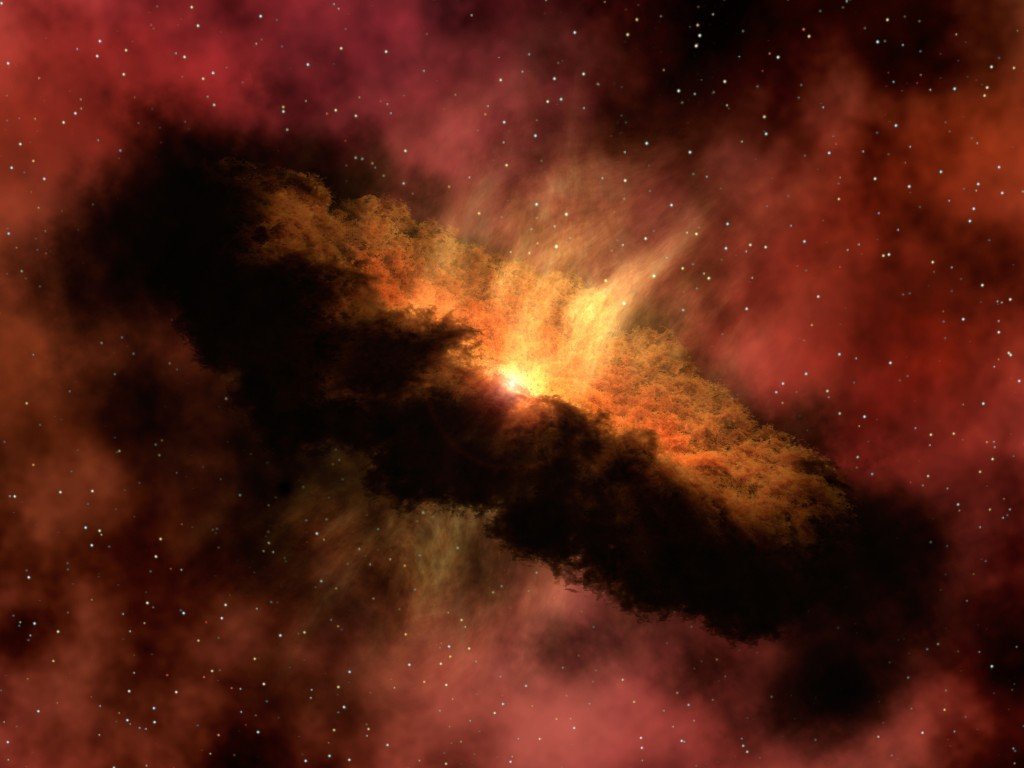
This debris collided with each other, exchanging mass, heating up with friction, and eventually growing into massive bodies with strong gravitational centers. This was the birth of our planets.
On any given planet, the gravitational pull is equal from all sides, down towards the center. This accounts for the spherical shape of planets. In fact, all significantly massive objects are spherical because of their strong gravitational pull, and extreme masses.

What Would Happen If You Skewed The Distribution Of Gravity?
Imagine that there is an unequal distribution of gravity, such that the Earth has six faces. Exciting, isn’t it!? Now, hold that thought and make sure that gravity doesn’t restructure this giant cube back into the same old sphere.
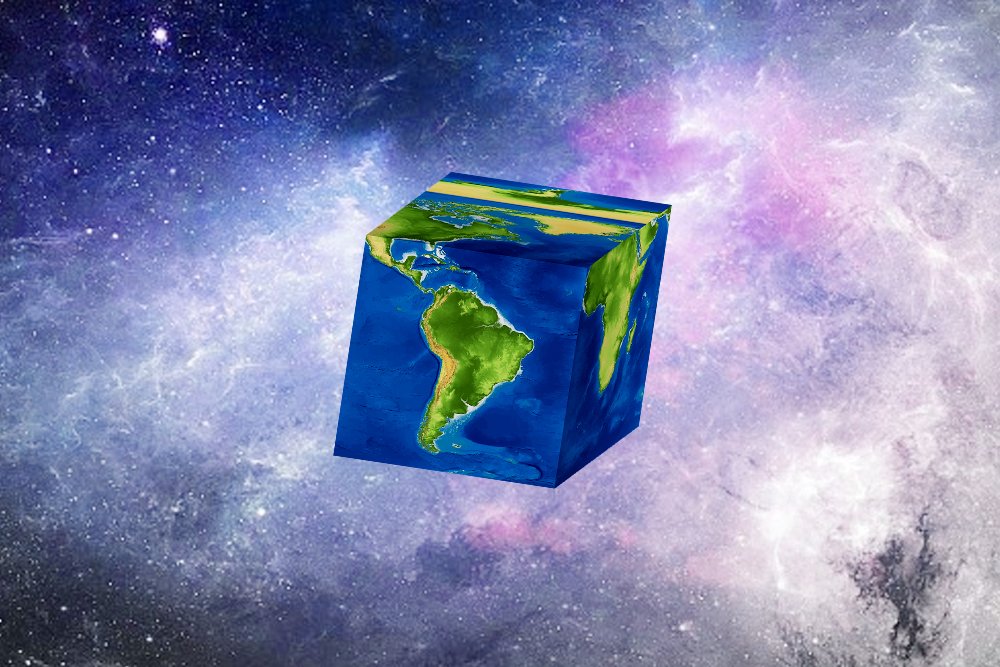
On this cubed Earth, gravity would be the strongest at the center of each face. Thus, the further away you are from the center, the more you will feel the pull of gravity. Hope you didn’t take “standing tall” for granted! The terrain along Earth’s edges would be barren, rocky and dry, since all the water would pool in at the center of each face. The atmospheric quality along the edges and corners would be non-existent, or too thin to support life.
If you were to stand at the center of the earth, or better yet, the center of one of the six faces of the cube, you would experience the highest gravitational pull. It would be pulling you and your pants downward at an angle of ninety degrees, just like a typical day on our humble spherical Earth.
However, imagine that your curiosity to explore gets the best of you, so you decide to walk towards the edges. As you do so, the center of gravity starts shifting beneath your feet. Your pants would be fighting against the “steep-angled” gravity, since gravity wants you at the center of the faces and nowhere else. It would feel exactly like walking on an inclined plane or climbing a mountain. Although the edges of the cube are flat when seen at the horizon, reaching them would seem like climbing to the top of the world.
Oh! One more thing. Don’t forget to pack a space suit along with your lunch and hiking boots.
Why a spacesuit, you ask?
Also Read: If Earth Were Flat, Would You Fall Off The Edge And Into Space?
The Climate Of This Cube
The new climate on Earth would depend on the planet’s rotation. If it rotated on an axis through two of its faces, then the climate would be strikingly similar to what we have on a spherical Earth, only more extreme. The top and the bottom faces would experience a polar environment, while the remaining four sides would enjoy a harsh equatorial climate. Instead of curving along the surface, the sun light would directly strike the cube’s faces, unlike the case in a spherical Earth.
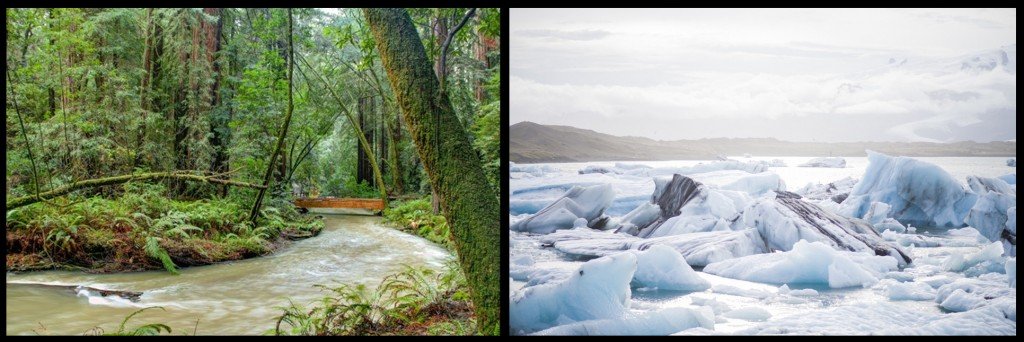
However, if the Earth were a cube that rotated at its corners, then each side would have a temperate climate. Goodbye extreme temperatures and precipitation. Sadly, that would also mean bidding goodbye to our equatorial fantasy world; no more dancing in tropical rains and snowball fights.
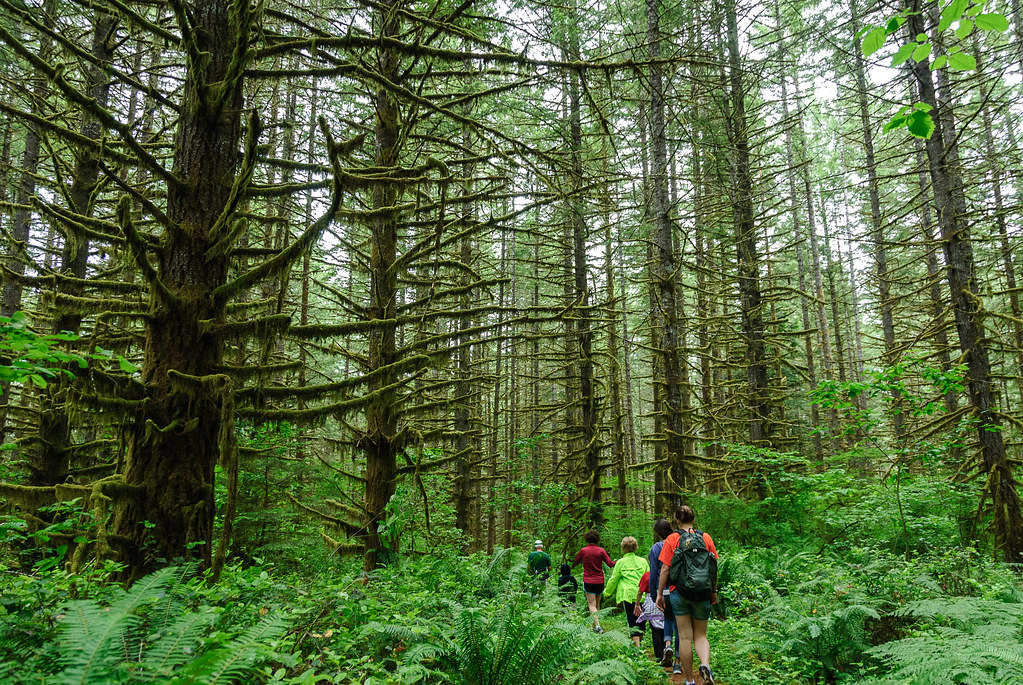
Also Read: What Would Earth Be Like If All The Land Was Oceans And All The Oceans Were Land?
Conscious Of Your Weight? Measure It At The Edge
As gravity is stronger at the center and weaker along the edges, it would be smarter to measure your weight at the edge. At the center of every face, the force of gravity is almost exactly 1 g, which is the same as our spherical Earth.

However, at each corner, it would only be 0.646 g, meaning that a person who weighed 100 pounds at the center of the faces would weigh around 64 pounds at the corners, although the lack of atmosphere and water at these extreme locales might not be worth the journey.
Also Read: Does Your Weight Vary In Different Cities In The World?
Anomaly In The Atmosphere
Since Earth’s atmosphere is held down by gravity, and since gravity is now pulling stronger from the center of each of Earth’s faces, the atmosphere would be thicker at the centre and thinner towards the edges. Breathing would be a problem along the edges, so this region of Earth wouldn’t support life.

What’s more, if this hypothetical cube had the same volume as our spherical world, then its sharp, steep corners would literally poke out beyond our atmosphere. These regions would be utterly cold, desolate and hostile, making them unprotected and uninhabitable. It’s good that you packed your spacesuit along, but you would also need a special space vehicle to travel up to the edge. With all of that, you could strap in and stand atop the world—and outside of it—at the same time.
Conclusion
A cube-shaped Earth is only a thought experiment. It’s currently impossible for our physical laws to suggest the chance of such planets existing in our universe, but it would be entirely inequitable to shun the idea of such gravitational anomalies.
The point where physics turns unimaginable and unrealistic is already close. The idea of teleportation was relegated to circles of science fiction and holy men invoking God’s omnipresence in an era when Quantum physics had yet to be unearthed. Yet, today, teleportation is entirely acceptable at the quantum level.
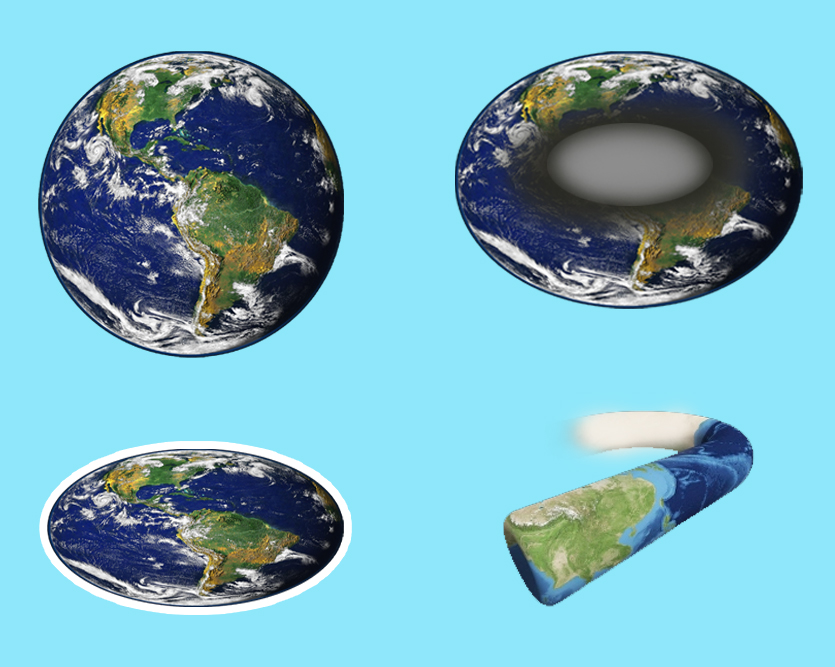
What you learn over time is that the possibilities in this ever-expanding universe are endless. Even though none of the current physical laws could account for the idea of a cubical planet, it’s impossible to say that we’ll never discover one. If this were to happen, it would require a serious revision of our fundamental laws! Being open to new ideas and trying to devise explanations for hypothetical situations and thought experiments is the first step of bringing them into reality!
Also Read: These 10 Amazing Facts About The Universe Will Blow Your Mind
How well do you understand the article above!

References (click to expand)
- How would the weather on Earth be different if it were a cube .... Cornell University
- What Would Earth Be Like If It Was a Cube? - Geekswipe. geekswipe.net
- Earth Nullschool - nullschool.net. earth.nullschool.net
- A Fraknoi. Earth - Weather - Astronomy Online. astronomyonline.org
- Why Are Planets Round? | NASA Space Place. The National Aeronautics and Space Administration
- Leconte, J., Lai, D., & Chabrier, G. (2011). Distorted, non-spherical transiting planets: impact on the transit depth and on the radius determination (Version 2). Arxiv.
